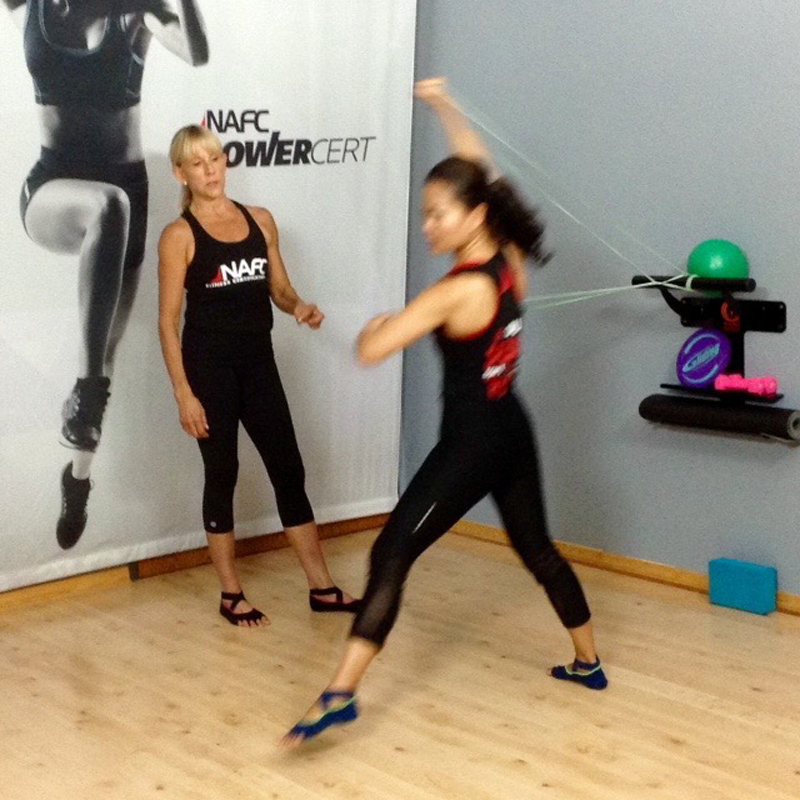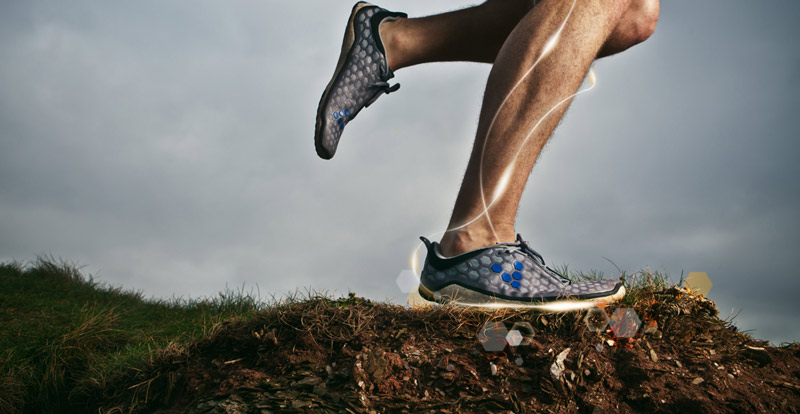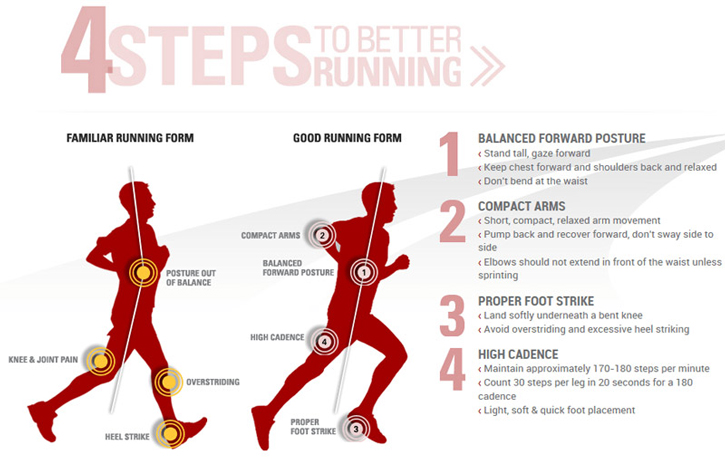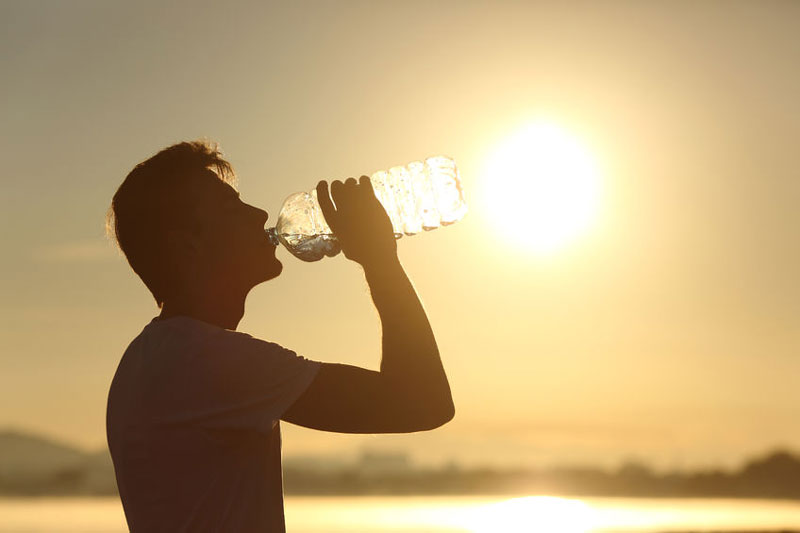June 2017 NewsBlast | Article 3
28 Jun 2017 / NAFCNAFC NewsBlast - June 2017 | Ed 2
3 Tips: Creating Effective Compound Movements
By: Leslee Bender, Creator of NAFC TrueBar™ and Bender Training Academy
Editing: Tammy LeBoss

Strength Training and Compound Movements
When talking about strength training, most people immediately think of barbells, free weights, and single-joint actions. Using resistance bands such as Barre Bands are easily more functional, as well as infinitely more mobile, than some other options. Single-joint actions are not functional in daily life. Instead of focusing on simple motions, we should be training multiple muscle groups at once, which is known as compound movements.
The Barre Bands are ideal for strength training because the participant is working against their own body weight in addition to the resistance of the bands. The flexibility of the band allows the participant to add resistance to multiple muscle groups within one movement. So let’s investigate three tips for creating compound movements by using resistance bands with the TrueBar™ equipment.
3 Pro Tips for creating compound movements that are sure to improve your clients’ joint mobility as well as their core stability include:
1. Learn How Opposites Attract: If the right leg moves, the left arm moves.
Moving your opposing limbs in unison not only trains the entire body but also works the mind and coordination skills. Try this: Step on the band and hold the handles in both hands. Keep your feet together but spread the arms into a ‘Y’ position. As you step out with the right foot, reach the left hand down to the right knee, shin or foot, maintaining a neutral spine (See NAFC ANSER™ in Personal Training). Return to the start position and move to the opposite sides.
2. Work as Many Joints as Possible: How many joints can you possibly move at once?
For example, step on the band with your left foot and step back with the right, into a stationary lunge position. As you lunge down, hold the band in your hands and laterally stretch the band out to the sides. As you stand up, raise your band over your head as you bring the right knee forward into a knee lift.
3. Apply Two Movements, One Side: Let’s investigate this idea further.
Wrap the band around a bar, place the band around the foot away from the bar and hold on to the handle with the arm close to the bar. Lateral lunge away from the bar while you lean towards the bent knee. As you press back to standing, add a hip abduction lift. For a visual demonstration, Click Here:
Your muscles are quick to adapt and learn routines that are performed often. Using resistance bands such as Barre Bands can offer a fun and functional increased range-of-motion; also, a much needed change of pace. This variety keeps your body engaged and challenged, which results in a more intense and efficient workout. The added freedom of mobility of the Barre Bands has the added benefit of being able to strengthen the users’ entire body.
Learn more about how to apply functional movement, get certified in NAFC TrueBar™ today. Get your clients results and in superior alignment by applying NAFC ANSER™ principals of safety and alignment. Stay in the game. Never stop learning!
June 2017 NewsBlast | Article 2
28 Jun 2017 / NAFCNAFC NewsBlast - June 2017 | Ed 2
Paleo Running | Run the way nature intended
By Joe Navas | OutToLaunch.me
 Photo Courtesy of: Natural Running Coach
Photo Courtesy of: Natural Running Coach
Paleo (Natural) Running vs. Heel/Toe
| Part 1 of 3
Ahh, ..the joy of running. Other than walking, the simplest form of exercise, …anyone can do it. All you need is a pair of running shoes (usually expensive), heart rate monitor, special sweat wicking breathable running shorts with matching top, sun visor, sunglasses, blinking “don’t run over me” reflective gear, sun screen, rain gear, music, headphones, music device, and you are ready for anything, …EXCEPT maybe running.
As an avid runner, athlete, and former personal trainer, I can say without hesitation, “running” is the single-most-abused-form (or lack thereof) of exercise there is. Period. The ability to break from a walk into a “run” pace/cadence, doesn't necessarily mean you know “how” to run. In this 3 part series we will cover why technique is so critical and if you choose to, how to safely transition to run the way nature intended.
Running Style for the purpose of this article refers to your individual style. Heavy vs. light foot, breathing, posture, arms, shoulders, etc. We will address this later in detail.
Depending on your running technique and style (see below) you can exert 3x to 7x your body weight directly on your running extremities (legs, knees, ankles, etc.), with residual forces reverberating through your entire body, on each and every foot plant. Think about that for a moment, do the math, …let that sink in. In one running session you could subject your body to 10’s of thousands of pounds of force repeatedly for the duration of your run. The fact that a body has the capacity to handle those forces and not just survive, but thrive, is truly astonishing.
Importance of Running Technique - Work with the body, not against it.
Let’s establish the basics. Whether you run for health, or competition, the technical rules are much the same. You want to apply the technique that is going to be easiest on your joints, muscles, connective tissue, prevent injury and provide you the best method to run faster, with less effort. This should give you both a competitive advantage, and increase longevity. Sounds easy enough, let’s go run! …no, not yet. Now pay attention, this is important.
The vertical GRF (ground reaction force) exerted on a runner that is moving forward is much less than one running in place. Setting a pace that takes advantage of your bodies design, minimizing the higher more damaging vertical GRF impact forces is critical to avoiding injuries.
Heel Toe vs. Natural (Paleo or mid foot) Running
Running heel/toe, you extend the leg/foot in front of your body, and strike the ground with your heel first, rolling forward and pushing off the mid foot on each stride. This locks out the natural suspension that creates shock absorption via the flexion of the foots arches, ankle, knee, hip and spine.This is in direct contrast to a mid foot runner that lands on the mid foot and heel almost simultaneously, planting the strike directly under the torso. Although the GRF is the same, the impact is spread over the springiness of the arch of the foot and the Achilles tendon/calf muscle complex to cushion the blow.
 Copyright: Jose Miguel Del Castillo Graphic
Copyright: Jose Miguel Del Castillo Graphic
Let’s examine both styles in more detail.
Heel/Toe: The extension of the leg in front of the body prior to heel strike creates an angle where the extended leg will take the force of 3x - 7x your weight, beginning at the heel then transferring GRF’s directly up the entire skeletal structure with little to no padding, except that provided by your heel and the running shoe. All that force is transferred in succession from heel strike to ankle joint, knee joint, hip joint, finishing up the spine. Imagine hitting the wall with your bare fist, then hit the wall with your fist in a boxing glove. The cushion in the glove slows the impact and distributes the force over a longer period of time. Consequently, it wouldn't hurt as much, and likely prevent damage to the bones in your hand (and the wall). So if you are running heel/toe, padding the heel makes sense. Imagine running heel/toe barefoot on concrete. Ouch!
Running shoes designed over the past 40 years for Heel/Toe running added heel padding using sophisticated space age tech and materials to absorb impact forces and attempt to reduce injuries. Unfortunately in spite of all this great technology the percentage of injuries has remained about the same. Why? Because your body is not really designed to run heel/toe. It’s like taking your "Smart Car" four wheeling, …no one says you can’t do it, ….it’s just not, …well, very Smart. (proof you can find a picture of anything on the internet)

Next Week: Part 2 of 3 | Paleo (natural) Running
Credits and References
Pics and Tips:
June 2017 NewsBlast | Article 1
15 Jun 2017 / NAFCNAFC NewsBlast - June 2017 | Ed 1
Water the Critical Nutrient: How to Avoid Dehydration
By Tammy LeBoss | thefitprofoodie.com
 Copyright: antonioguillem / 123RF Stock Photo
Copyright: antonioguillem / 123RF Stock Photo
Hydrate, Hydrate, ...then Hydrate
Summer is here and with it, the summer solstice arrives. Depending on where you are in the world this shift will occur on June 21-23rd. This will mark the longest day of the summer season, and people in various parts of the world will receive the most direct sunlight. With this comes the inevitable rise in temperatures, and thus, the increased need to hydrate.
How much water is enough to drink? If training outdoors, keep in mind that the hottest time of the day will be mid-afternoon even though the sun is the highest at mid-day. Help your clients to stay on a motivated path, beat the summer heat, and remind them about proper hydration. Tell them this:
Water is a critical nutrient and has been referred to as the 2nd most important nutrient after oxygen. Water is needed for survival. Studies show mild dehydration is one of the most common causes of daytime fatigue. This is a common problem particularly during the summer months. Estimates show that 75% of Americans have mild to chronic dehydration. This is alarming since proper hydration is required for maintaining healthy blood flow, proper kidney function, proper sodium/potassium /electrolyte balance and proper digestive functions.
According to NAFC Nutrition Coach, water gives us life. It also says, the human body is comprised of 65% water. Water is necessary for life to exist. It makes us healthier and it’s incredibly refreshing especially after a workout. Water is not only the most important nutrient in the body, but also the most abundant. It’s critical to the balance of all the body's systems, including the brain, heart, lungs, kidneys and muscles. In fact, the body needs water for millions of metabolic processes, temperature control, fluid volume, and lubrication.
Is it possible to drink too much water and how much is enough? We’re often told that drinking 8 glasses a day is best to stay healthy. But the truth is, this specific number is arbitrary and there’s no scientific research that backs this. Regardless, we know that water is extremely important. In fact, every organism we know of requires water to survive. We cannot survive without water if attempting to go 3 days without it. NAFC’s Nutrition Coach recommends the following rule-of-thumb formula for determining your optimum daily water intake:
Pro Tip 1: Consume between 1⁄2 to 1 oz. of purified water per day per pound of body weight depending upon your general activity level and your environmental conditions or surroundings.
This does not include compensation for losses due to exercise or excessive sweating. Add another 6-12+ ounces per 15-20 minutes of exercise depending on how hot it is, the relative humidity, and how much you sweat in relation to others under the same conditions.
We need to drink enough water to replace normal daily losses via perspiration, waste removal, and breathing. The following factors also contribute to the need for increased water consumption:
- Increased or hot weather
- Increased workload
- Increased respiration
- Increased bowel movements
- Large amounts of caffeine or sugar consumed
Although the exact amount of water needed per day is undetermined by scientists, this depends on the individual. Athletes need more as they tend to lose more water through sweat and breathing. So, for athletes, thirst may not be the best indicator of the need to drink more water.
Pro Tip 2: Have water readily available at all times and never rely on just thirst alone.
For optimal performance, learn more about the importance of electrolyte balancing.
Ask about NAFC’s Sports Performance and Nutrition Coach courses. Understand how to avoid serious electrolyte disturbances, such as dehydration and over-hydration. Share these tips with your clients. Give them the tools to stay on a motivated as well as a properly-hydrated course today. Stay in the game and never stop learning!
Tips by: Tammy@thefitprofoodie.com
begin ... prev 6 7 8 9 10 11 12 13 14 15 16 17 18

